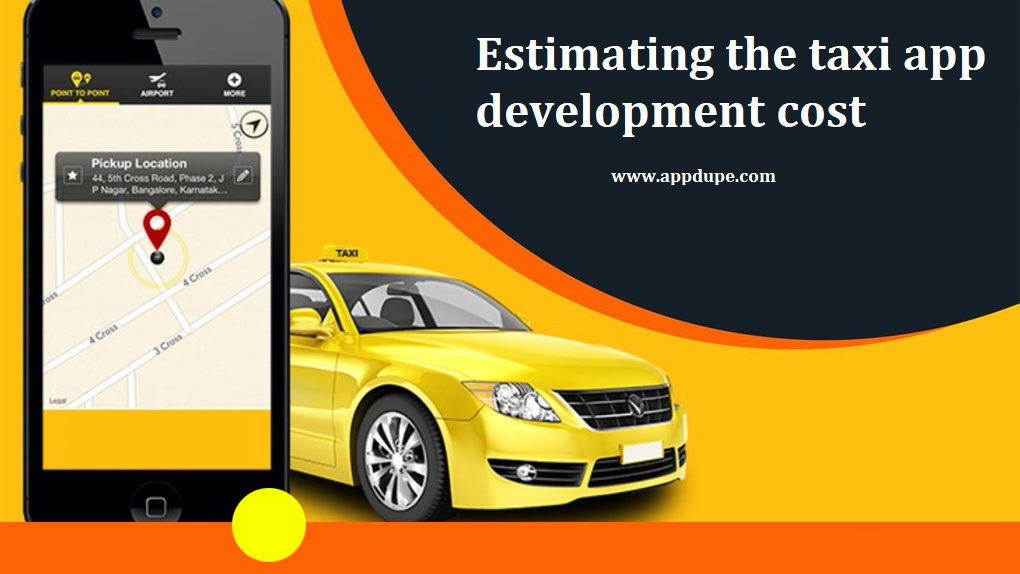Blogs

Hailing a cab is quite effortless for passengers. They can opt for in-city and outstation trips just with a few clicks on their smartphones. While Uber started this revolution of on-demand transport in 2009, the competition has intensified now. Let us explore more about business models in a taxi booking app.
Aggregator - Partnering with an array of 4-wheelers across the target market is the hallmark of an Aggregator model. Entrepreneurs will have more control over the fare paid by customers and the commission paid to drivers for each ride. The packages can be modified based on the demand from customers, fuel price, and location.
Ownership - Proprietor model is another way to capture the booming ride-sharing sector. You can team up with a popular dealer who owns a huge number of taxis. The biggest advantage of this option is the absence of middlemen. Drivers will also have control over their scheduling and income.
What are the numerous sources of revenue from a taxi booking app?
Basic Fare - It varies based on the existing demand from customers, time of booking, and the type of vehicle.
Surge Pricing - What if many passengers book at the same time? A surge fee is imposed. Customers will have to pay an extra amount in case of bad weather and heavy traffic conditions.
Cancellation charges - Sometimes travellers will book a cab and revoke it at the last minute. Thus, you can levy a cancellation fee to compensate for the lost time of drivers.
Other revenue streams - Techpreneurs like you can also get revenue from corporate bookings, driver registration charges, and extra fees for dispatching premium vehicles.
Wrapping Up
Transportation is changing and taxi booking apps are here to stay in the long run. Are you that entrepreneur passionate about changing how people move? Get in touch with an app creation enterprise, disclose your business goals, and know the taxi app development cost.
Posted in: Business, Technology
Be the first person to like this.





